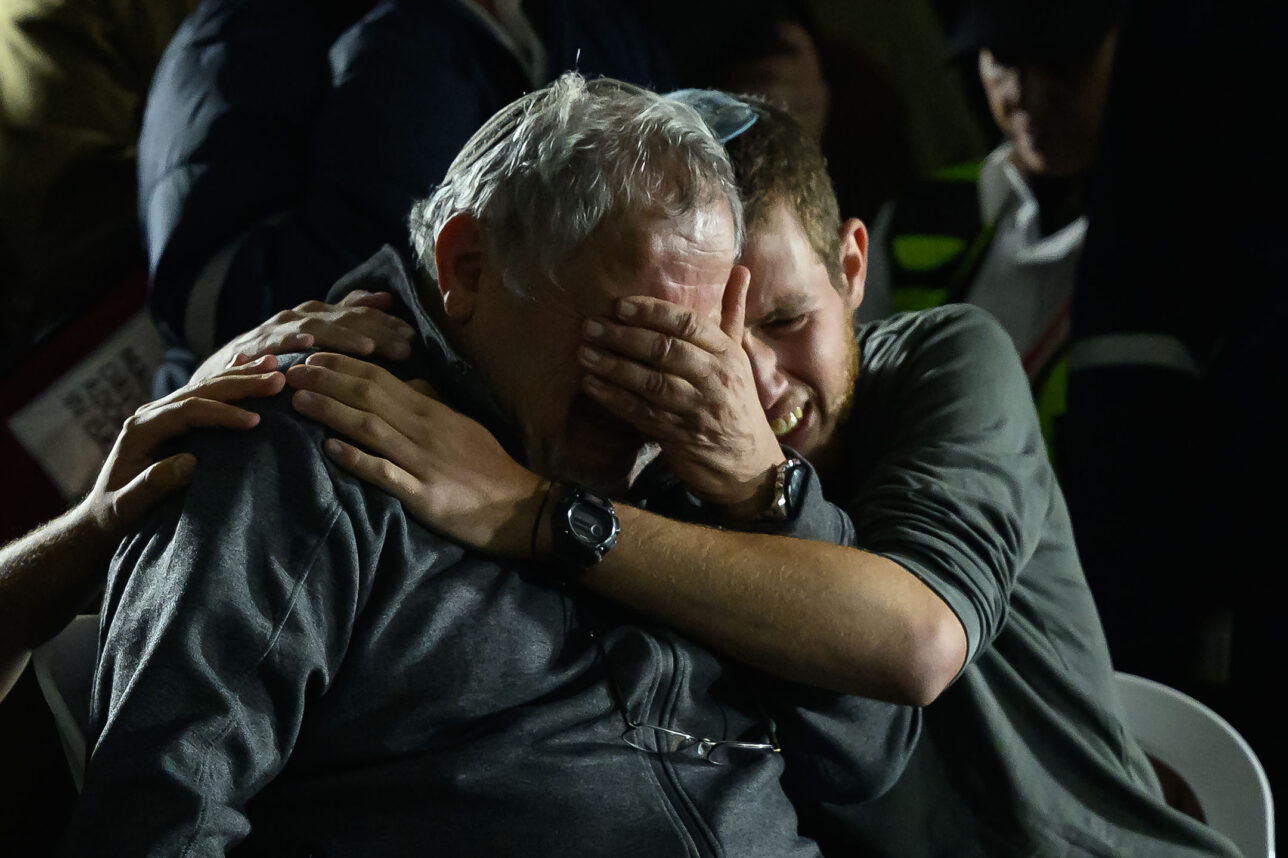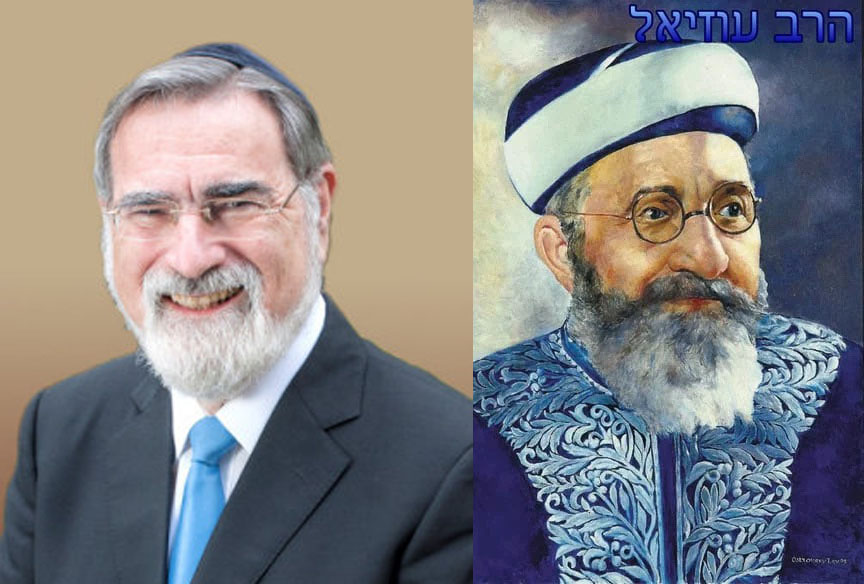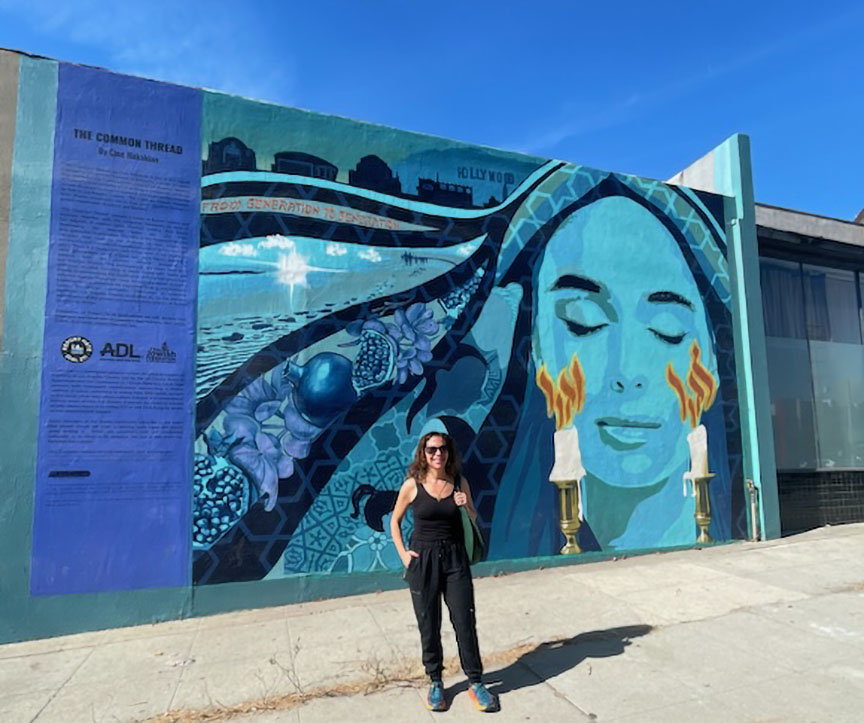When end-of-life care physician Dr. Ira Byock was a boy, his Russian-born maternal grandmother suffered a life-threatening stroke while still in her 50s. “She [remained] debilitated for the rest of her life,” he said in his spare Torrance office at the Providence Institute for Human Caring, where he serves as founder and chief medical officer. But a nursing home was out of the question for his Jewish parents. “We brought her home to the Jersey Shore, and we all cared for her,” Byock recalled.
“One of the things that always impressed me was that my Dad, who was a big, kind of burly guy, twice a month cut my grandmother’s toenails – something she couldn’t do for herself. It was a little ritual,… and he made it into an exchange, so that he would tease and joke with her and tell her bawdy jokes. There was a lot of laughter going on as he lovingly cut her toenails.”
The way Byock’s family tended to his grandmother was part of his education that “all people were of value…[which] I later identified as particularly Jewish.”
Byock now draws on those mores as one of the country’s leading experts in palliative and hospice care. He has written three books on the subject, including his lauded “Dying Well” and “The Four Things that Matter Most,” which urges dying patients to mend, tend and nurture relationships even in the final stages of life. Byock moved to Los Angeles not long ago to head the Providence Institute for Human Caring, a progressive Catholic institution devoted to transforming end-of-life treatment to emphasize whole person care in 34 hospitals across five states. On Aug. 18, he will speak at the opening reception for a photography exhibition, ‘Right, before I die,” sponsored by the institute, at the Museum of Tolerance.
[READ: Photography exhibition, ‘Right, before I die' examines themes at the end of life]
Byock’s efforts will go far beyond training doctors to adequately treat disease and pain. “In American medicine…you can get absolutely excellent, state of the art, scientifically crisp treatment, but still have your social and spiritual needs essentially given little if any attention at all,” he said.
Byock has been a pioneer of improving such care — including developing support systems for caregivers, among myriad other efforts.
His work resonates at a time when physician-assisted suicide has become law in California, following the implementation of the End of Life Option Act on June 9. As the proposed law was being debated, Byock became a prominent advocate opposing lethal prescriptions, passionately debating the issue on TV and radio programs as well as in newspaper editorials. The law would become “a socially erosive response to basic human needs,” he wrote in one op-ed in the Los Angeles Times.
Asked about the Act during a recent interview, Byock, 65, closed his eyes and sighed. People who have six months or less to live and are capable of making medical decisions now have the option of physician-assisted suicide, he noted. “So why are we still talking about it?” Byock wants the discussion to move on toward improving end of life care. But journalists in particular keep asking him about the new law.
When pressed, Byock will say that aid-in-dying is not the answer, given a medical system that fails the terminally ill in myriad ways. “Pain management is being taught a little better than it was when I was in medical school in 1974 through 1978, but I would say it’s not improved nearly to the extent that it’s needed,” he explained. “Difficult conversations about breaking bad news about a person’s diagnosis; about…helping them understand that at some point in their disease [medical] treatment [will have] less to offer them; that they are indeed facing the end of their lives…still are not being taught [well]….Things like discussing CPR and whether that procedure has any value for people; introducing concepts of hospice care…are woefully inadequate….In a situation like this, giving these same physicians the authority to write lethal prescriptions doesn’t seem like a rational response to a true crisis in the quality of care.”
In signing the new law, he added, Gov. Jerry Brown did nothing to correct these deficiencies — nor to improve the often poor care in nursing homes, set standards for palliative care in hospitals, or “correct the ridiculous requirement that you have to give up treatment for your cancer, heart or lung disease to [qualify for] hospice care….That is acquiescence to a failed medical system and frankly to failed basic social obligations we have to one another.”
Despite the claims of groups supporting the law, Byock said that adequately trained doctors can control pain for the majority of terminally ill patients. And when they cannot, they can sedate the person so that while they are unresponsive, they feel no discomfort. “We can honor [a person’s] dignity at that time, too – keep them clean and dry and allow them to drift gently out of life,” he said.
Byock emphasized that of those who have taken advantage of Oregon’s right to die act, which went into effect in 1997, only about 20 percent have cited pain as the reason for seeking a lethal prescription. “The vast majority [mentioned] what we’d call existential issues, not physical suffering,” he said.
Byock first noticed the dearth of good end-of-life care during his residency to become a rural-area family physician in Fresno, where he set up a small hospice program to better track and coordinate patients’ cases. He continued and expanded his efforts while working in Missoula, Montana and eventually as the director of palliative medicine at Dartmouth-Hitchcock Medical Center at Dartmouth College from 2003 to 2013.
Early on, Byock was surprised when some patients occasionally told him that they were doing “well.” “At first I thought, it’s the morphine or the prednisone they’re on; they’re getting a little euphoric….But I heard enough of these sorts of comments that it made me [ask]…’What’s this about?’” he said. “I became very interested in this phenomenon of people feeling well while knowing that they’re dying. That frankly has been a theme that has run through my career path; I became very interested in how to do that clinically.”
Byock came to see dying as a developmental stage of life, akin to toddlerhood or the teenaged years.
But what does the physician do when a patient asks him to help end their lives? “I start by listening and inquiring why they feel badly,” he said. “It’s an opportunity to deepen our relationship.” If a patient persists in wanting a lethal prescription, Byock will not write one, but he will refer people to Compassion and Choices, an organization that helped spearhead the End of Life Option Act and maintains a list of physicians who will write lethal prescriptions.
While most Jewish groups have denounced the new law on the grounds of pekuach nefesh – preserving human life, “I have been really appalled by the absence of loud Jewish voices in opposition to legalizing physician-assisted suicide,” Byock said. “Where are the Jewish voices saying that all human beings are inherently dignified? My grandmother was entirely dignified, despite her frailty and her complete physical dependence [upon others]. That’s a very Jewish value from my perspective: the dignity of all people, our grandparents and our parents through the very end of life.”
For more information about the “Right, before I die” exhibition, visit www.Providence.org/MOT.





















 More news and opinions than at a Shabbat dinner, right in your inbox.
More news and opinions than at a Shabbat dinner, right in your inbox.